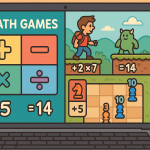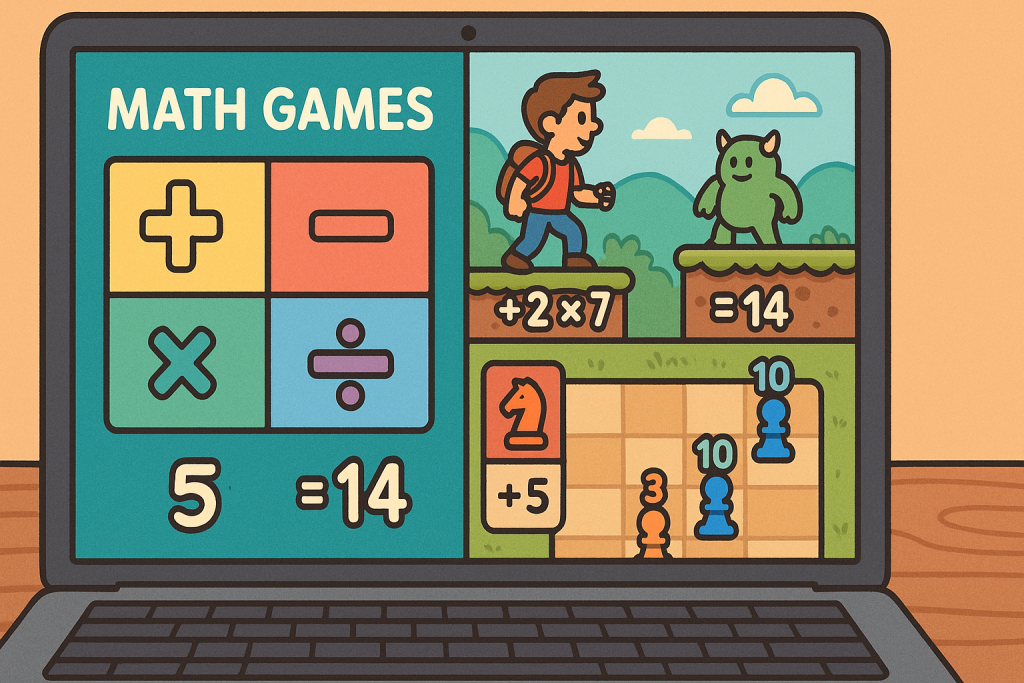Among each series of coins, there are all kinds of mistakes that can cost millions, but nevertheless some can be more expensive.
But in any case, in order to be able to bargain and get the maximum benefit, you should understand the specifics of each mistake so as not to confuse them with each other.
The Washington 1970 Quarter error list is also notable as it’s not always easy to identify and thus you can lose a couple of hundred dollars.
The design shows George Washington’s face on the front side and an eagle standing on arrows with olive branches on the back side.

The Most Important Error: 1970-S Proof Missing Mint Mark
Coin Type: Proof
Error Description: The ‘S’ mark should be on the obverse under the right side of Washington’s hair braid, the missing mark is from an error in making the working die, the die not having the mint mark punch applied.
The coin shows all Proof signs: mirror-smooth fields and dull, raised parts, and the missing S mark on a 1970 Proof is a die making fault, not simple wear.
Detail: The coin surface near Washington’s hair braid is flat, smooth, and shiny, showing no punch mark or signs of it being taken off later.
Doubled Die Varieties
A doubled die happens when the working die gets hit more than once by the working punch, the hits being slightly moved from each other on a flat or turning line.
Doubled Die Obverse DDO Varieties
DDO on the Word “LIBERTY”
Location: The word “LIBERTY” above Washington’s head
Description: The clearest move is seen on the top flat parts of the letters ‘L’, ‘I’, ‘B’, ‘E’, ‘R’, ‘T’, ‘Y’.
DDO on the Date “1970”
Location: The date “1970” on the lower part of the obverse
Description: On the number ‘7’, the second raised part is seen along the flat line, making it look thick and stepped; on numbers ‘1’, ‘9’, and ‘0’, the doubling is clear on the inner and outer sides of the raised parts, two die hits with a very small move between them.
DDO on the Motto “IN GOD WE TRUST”
Location: The motto “IN GOD WE TRUST” to the left of the face
Description: The second raised part is seen on the bottom parts of the letters, most clearly on the ‘T’ in “TRUST” and ‘S’ in “TRUST”.
Doubled Die Reverse DDR Varieties
DDR on the Word “UNITED STATES OF AMERICA”
Location: The words along the top edge of the reverse
Description: The doubling is most clear on the straight, up-and-down parts of the letters ‘T’, ‘E’, ‘S’, and ‘A’.
DDR on the Value “QUARTER DOLLAR”
Location: The words along the bottom edge of the reverse
Description: Here, the doubling shows a flat and turning move, sitting on the inner side of some letters, for example, ‘R’ in “QUARTER” and ‘D’ in “DOLLAR”.
Mint Mark Errors
Repunched Mint Mark
Description: The Repunched Mint Mark happens when the mint mark punch hits the working die more than once with a small move between hits.
- RPM A: Flat ‘D’ Move Left: The main ‘D’ mark is in its place, but traces of a partial or full outline of the first, moved hit are seen on its left
- RPM B: Flat ‘D’ Move Right: The second hit moved to the right, and the outlines of the first hit are seen under the right side of the final ‘D’ mark
- RPM C: Up-and-Down ‘D’ Move Up: The move up results in traces of the first ‘D’ hit being right under the bottom of the final mark
- RPM D: Turning ‘D’ Move: The first ‘D’ hit was made with a small turn from the up-and-down line, its remains being seen — as a tilted outline under the final mark
Die Damage Errors
These errors come from the working die being worn, broken, or damaged while striking.
Die Breaks
Description: Die breaks are raised lines or strips on the coin surface, made by metal flowing into the crack in the working die.
- Obverse Crack: A clear, raised line is seen, running from the edge of Washington’s collar to the coin edge, or a thin line crossing the numbers of the date “1970”.
- Reverse Crack: A line running through the eagle’s feathers or joining the letters of the word “UNITED STATES OF AMERICA”.
Die Cuds
Description: A Cud is an oddly shaped piece of metal joined to the coin edge, coming from a big piece of the working die breaking off, including its edge.
- Obverse Cud: Seen as a smooth, not-engraved lump, covering part of the rim and field of the coin near the date or mint mark.
- Reverse Cud: Seen as a lump on the top part of the reverse, covering part of the word “UNITED” or “STATES”.
Die Clash
Description: This happens when the top and bottom dies hit each other with no coin blank between them — the raised parts from one die leave a faint, flipped image on the other die’s surface.
Detail: On the obverse, a pressed-in, flipped image of part of the reverse may be seen, and also, on the reverse, on the fields, faint outlines of Washington’s face may be seen.
Striking and Blank Errors
Off-Center Strike
Description: The strike happens when the blank is not centered in the ring, causing an incomplete strike and the image being moved.
Detail: Part of the coin’s image is missing, the empty, not-struck part of the blank being visible on one side — the rim will be missing on the side where the strike was moved, and the date and mint mark may be fully or partly moved off the coin.

Broadstrike
Description: The coin is struck without the holding ring, or the ring is not held well.
Detail: The blank’s metal flows out freely during the strike, making the raised parts near the edge look stretched and weak.
Clipped Planchet
Description: This error happens when the blank is not cut fully from the metal strip, leaving a cut piece of the edge.
- Straight Clip: The blank’s edge has a straight cut, made by the metal strip’s edge.
- Curved Clip: The edges have a half-round fault, made by part of the hole from which the last blank was cut.
Lamination Error
Description: The outer layer comes away from the core.
Detail: Bubbles, cracks, or pieces of the outer copper-nickel layer are seen coming off the coin surface, showing the copper core — the peeling can happen before or after the strike. If the peeling happened before the strike, the die’s engraving will be pressed into the bare copper core.
Missing Clad Layer
Description: The coin is struck on a blank with one or both outer clad layers missing.
Detail: The coin, missing an outer layer, will have the reddish or brown color of the copper core on the side where the cladding is missing, so it will be lighter than average weight.
Multiple Strike
Description: The same blank has been struck two or more times.
Detail: Each next strike is moved from the one before, causing all raised parts to be doubled, including the face, words, and date.
Extra Worn Die Varieties
Die Polishing
Description: Too much cleaning or polishing of the working die causes part of the raised area to be taken off the die surface, making the raised parts on the coin shorter.
Detail: The coin shows smooth or incomplete small details, such as Washington’s hair, thin lines of the eagle’s feathers, and small parts of the words.
Struck Through Die Fill
Description: The strike happens through other material that has built up on the die surface.
Detail: The coin has an area with a missing or very weak raised part, matching the area where the material was on the die, it often touches small parts, like letters or parts of the date.
Try to develop your reading skills by yourself and identify all the features of coins without mistakes. To train, read more articles with error descriptions and pictures as examples, we can do this either through Coin ID Scanner or through eBay.




